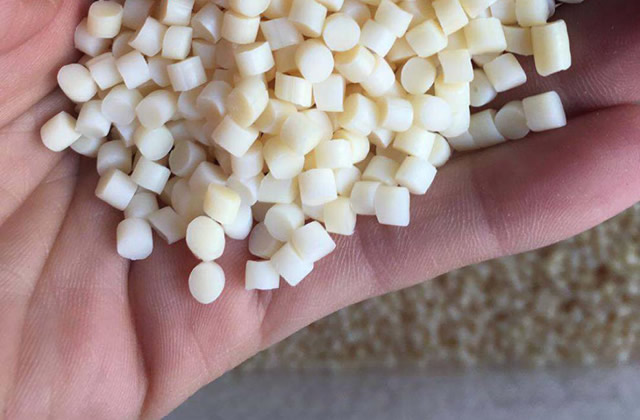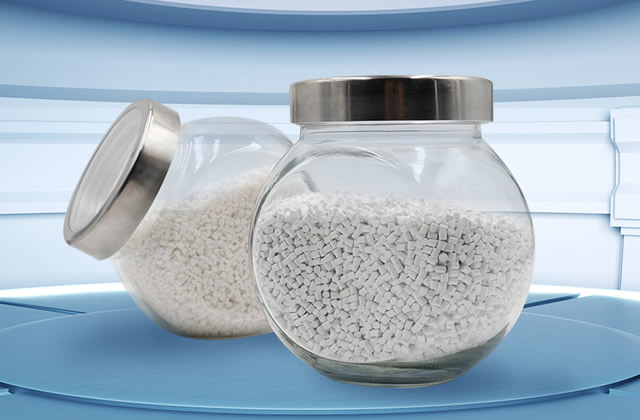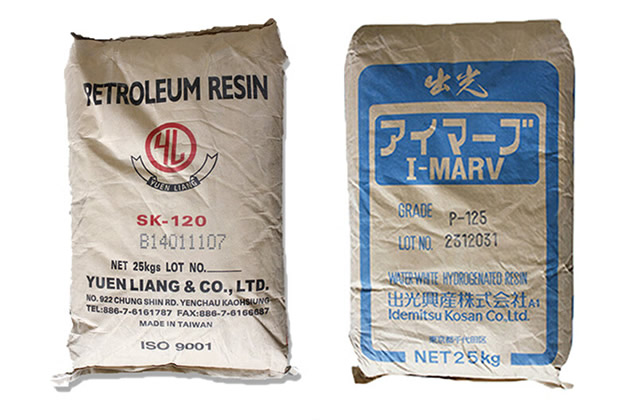1. What are the four precautions of oxygen tanks
Oxygen tanks are pressure vessels for storing and transporting oxygen. In order to ensure the safety of oxygen bottles, To achieve the “four preventions”:
1. Shockproof: Avoid tipping and impact when transporting oxygen bottles. Because the pressure inside the cylinder is very high, violent vibration of oxygen may cause an explosion.
2. Heat protection: Oxygen bottles should be placed in a cool place, at least 1 meter away from the heater. Due to the high pressure inside the cylinder, oxygen will expand rapidly when heated and cause an explosion.
3. Fire prevention: Fireworks and flammable materials are strictly prohibited around oxygen bottles, and should be at least 5 meters away from the stove. Because oxygen supports combustion, it can cause combustion when exposed to an open flame.
4. Oil-proof: Do not apply oil to the screw mouth of the oxygen meter, and do not twist the screw with oily hands. Because oil is a hydrocarbon, oxygen and hydrocarbons can easily cause combustion and explosion in a certain proportion.

2. Why can’t oxygen bottles be stained with oil?
One of the four precautions of oxygen bottles is “oil-proof”, so why can’t oxygen bottles be stained with oil?
Generally speaking, the oxygen concentration in the oxygen bottle is very high, up to 99%. The oxidation effect of pure oxygen is much stronger than that of air. If you encounter grease, especially grease containing unsaturated fatty acids, The oxidation process will be greatly accelerated and a large amount of heat will be released quickly. If it is too late to dissipate, the temperature will rise sharply, which will cause combustion.
If the mouth of the oxygen bottle is stained with grease, when the oxygen bottle valve is opened, the oxygen will rush out through the bottle mouth. In addition to providing pure oxygen, the high-speed air flow will also rub against the grease on the bottle mouth to generate heat, causing the The temperature rises; and the temperature rise promotes the intensification of the oxidation reaction; at the same time, the grease oxidizes more rapidly in a pure oxygen environment with higher pressure. For these reasons, grease on the mouth of an oxygen bottle can burn or even cause an explosion.
Therefore, generally oxygen bottles are marked with words such as “No Grease” to arouse everyone’s vigilance. In addition to the user’s resolute enforcement, when transporting oxygen bottles, never mix them with grease or oil. Items with oil stains should be shipped in the same vehicle; do not store items such as grease in the oxygen cylinder warehouse; safety caps should be screwed on the oxygen bottles to avoid damaging the oxygen bottle closure and being invaded by grease or dust; no one should be contaminated Oil-stained work clothes, hands, gloves and tools should come into contact with the oxygen cylinder and its accessories, such as pressure sensors, welding and cutting torches, etc., to avoid being contaminated with grease and causing burning.
In case someone in the oxygen bottleIf the part is stained with grease, it should be wiped off promptly with carbon tetrachloride to use oxygen safely.
If the website content violates your rights, please contact us to delete it。








